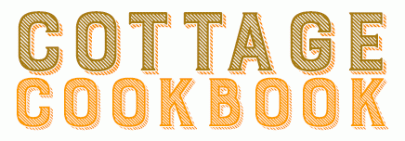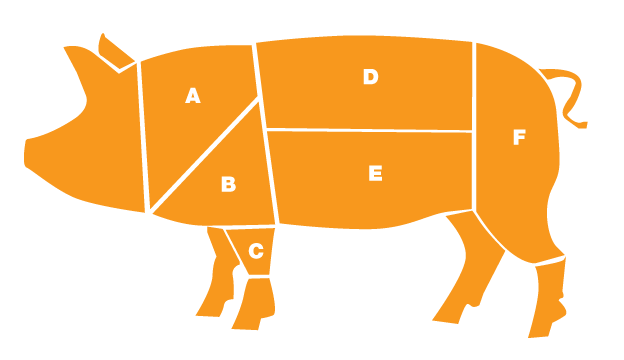It’s good to know where the food we eat comes from. A lot of the time we know which animal we are eating, but not which part of the animal. Sometimes a cheaper cut can be just as tasty as a prime one, but it’s good to know which cut is best for the dish you plan to create.
No matter what part of the animal your meat comes from it is always better to buy free range or organic. Also only buy Pork you know the origin of. Most farms in Britain stick to humane British standard farming rules for pork, so if you can, buy British. Check the labels on your food, if in doubt, don’t buy it.
Organic meat maybe more expensive, but you’ll find that with a lot of cheap meat there is lots of added water content to make it look more substantial. Organic animals have been fed on a natural diet, which not only makes the meat taste better, but it gives you peace of mind that the animal you are eating has had a good life.
If you want cheaper meat – buy organic, but buy a cheaper cut!
Here's a quick Pork Cut guide so we can make the most of all the meat from this versatile animal...
A. Shoulder
Pork shoulder is great stuffed and slow-roasted on its own and brilliant if feeding a crowd. You can buy pre-rolled shoulder joint or stuff and roll it yourself (just tie with butchers string).
Pork shoulder is wonderful when stuffed and braised in a marinade/stock
From this cut: Pork Shoulder
B. Picnic Shoulder
The picnic shoulder is less costly, but also contains more fat than the shoulder.
Most of the time Picnic shoulder is cured or smoked to make picnic ham.
If bought fresh rather than cured the picnic shoulder/pork shoulder may be cut into shoulder butt steaks or boned and cut for stewing.
From this cut: Picnic Shoulder, Picnic Ham, Shoulder Butt Steaks.
C. Hock
A cut from the base of the picnic shoulder, the fore-shank of the shoulder is called the hock and is almost always smoked or cured.
Shoulder hocks are often simmered for long periods in soups, stews or braised dishes to add flavour and richness.
Ham Hock makes wonderful terrines.
From this cut: Ham Hock.
D. Loin
Sometimes called Tenderloin this cut of meat is the most tender.
Cut from the muscle that supports the internal organs, this cut isn’t tough like pork leg.
This cut of pork is extremely lean and has around the same fat content as skinless chicken breast.
Usually cooked whole and served in thin slices called medallions.
From this cut: Tenderloin, Loin chops, Ecalopes, Chump End and Chump Chops, Blade Chops, Canadian-Style Bacon.
E. Belly or side
When whole, the belly has a thick and a thin end, with the ribs attached to the thick end. Belly pork is beautifully rich and a cheap cut, because it is so rich a little goes a long way.
Try buying rolled belly joints to roast or even roast it flat.
A low oven temperature and slow cooking reduces the fat and makes a wonderfully tender joint.
Don’t forget about the crackling.
From this cut: Bacon, Spare Ribs, perfect for Crackling and Rolled Belly Joints.
F. Leg
Used for movement, the leg is quite tough meat.
The meat from the leg is usually cured mainly to make ham but is also used for rolled leg joints.
Cooking slowly at a low temperature makes the meat more tender.
Gammon joints are from the leg and have been prepared by curing in brine.
From this cut: Whole Leg Ham, Ham Shank,Ham Rump, Rolled Leg Joint, Gammon.

